In case you’ve been living under a rock, the way people work has changed drastically over the past couple of years. In the past, workers would go into an office or a factory to do their job. Nowadays, many people are working remotely from home. This means the way they communicate with each other has also changed. People can talk to one another through social media platforms such as Facebook, Twitter, LinkedIn, etc. Some apps allow employees to collaborate on projects together. These apps include Trello, Slack, Asana, and Teams.
As technology continues to transform every aspect of our lives, new technologies are emerging that will continue to change the way people do their jobs. As a result, we have developed a few workplace technology trends that we think will reshape the workplace while boosting the employee experience in the process.
Table of Contents
Workplace Technology Trends
In 2022 we think that the Smart Office will become commonplace. It will use AI to help employees get things done more efficiently. For example, it could automatically schedule meetings based on who’s available. It could also suggest which documents to share among team members. We believe this technology will improve productivity by reducing time spent searching for information and scheduling meetings.
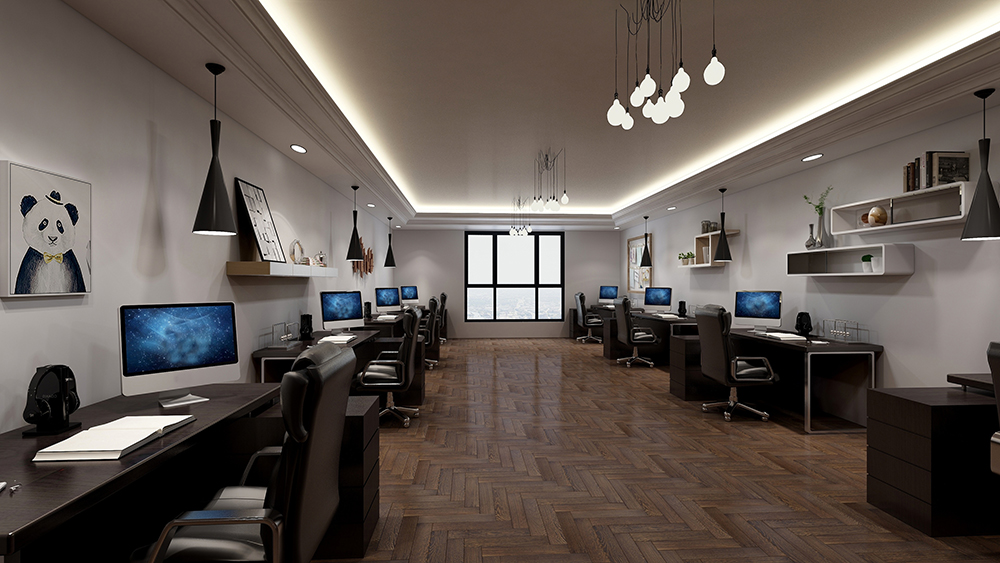
Smart Workspaces
Due to the COVID-19 pandemic, employers will continue to look for innovative technologies and solutions to help their staff get more out of their workspace. In 2022, smart workspaces will allow employees to practice social distancing in the office and work remotely without compromising productivity or efficiency.
Innovative work environments will be built around intelligent sensors and AI. Sensors will detect environmental conditions such as temperature, humidity, air quality, noise levels, and light intensity. AI algorithms can then process and analyze this information, which will make decisions based on the results. For example, if a machine detects a potential hazard, alerts can be sent to nearby workers, who can take action immediately. Intelligent sensors will also be used to improve efficiency. For instance, sensors could track how much energy each employee uses, helping identify inefficient habits.
In addition, these workspaces will be designed with privacy in mind. For example, they may include glass walls that block out distracting views outside the office and blinds that can be adjusted to ensure privacy. They may even feature soundproofing materials that prevent noise from traveling into the workspace.
Artificial Intelligence
Artificial intelligence is already used by businesses today, but it’s predicted that its use will increase dramatically over the next few years. It can automate data entry, customer service, sales and marketing, and HR tasks. As AI improves, we’ll see it take over more jobs. Eventually, AI will perform most human cognitive functions, allowing companies to automate many processes and eliminate low-skilled workers from their payroll. Both of which are exciting and scary at the same time.
Virtual Reality
As companies continue to expand globally and hire remote workers, they must find ways to keep them engaged and productive, and using virtual reality will help with that. In addition to providing high-quality training programs, many companies use virtual onboarding tools to ensure new hires are fully integrated into the company culture. These tools allow managers to monitor employee progress remotely and provide feedback on performance while training employees on specific tasks.
Virtual reality is still in its infancy. However, as VR becomes more accessible, we’ll see more applications in the workplace. Imagine using VR to view 3D models of buildings, furniture, and equipment.
Augmented Reality
Augmented reality is already a popular trend among consumers, with Google Glass being one example. However, it’s expected that augmented reality will begin to impact business operations in 2022. For example, AR could give customers real-time product reviews while providing staff training materials.
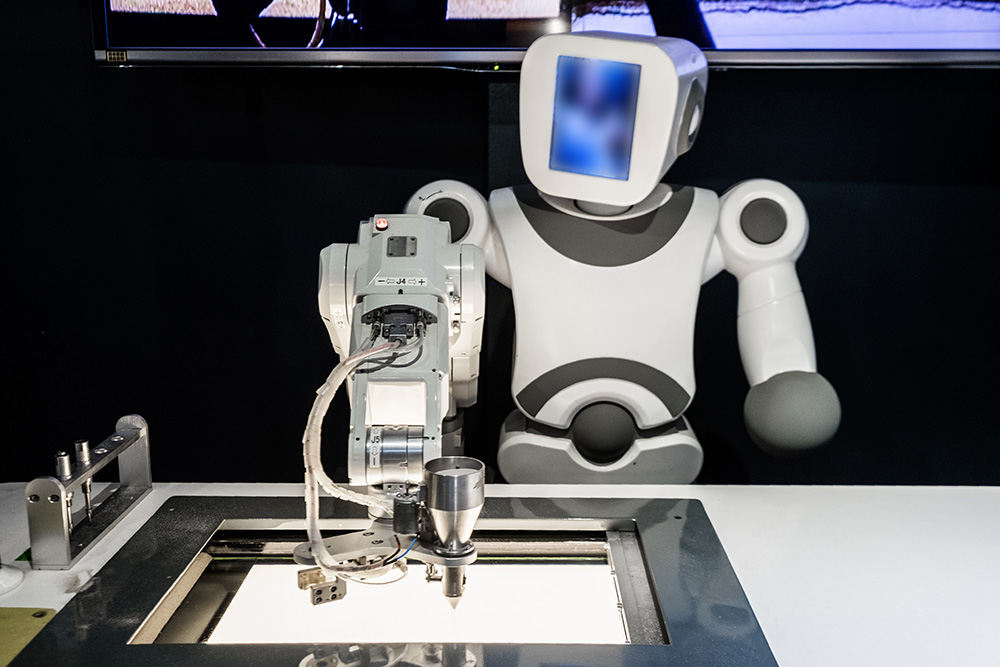
Robotics Will Continue to Improve
It’s estimated that robots will take up 30% of all manufacturing jobs by 2030, which is why they’re becoming increasingly important in the workplace. Robots can perform repetitive tasks quickly and accurately, and they’ll be able to handle complex situations.
Smart Virtual Assistants
The intelligent virtual assistant will be the next big thing in business communication. These assistants will provide real-time assistance to employees at any given moment, helping them complete tasks and answer questions. They will also communicate with customers through chatbots and voice recognition. Smart virtual assistants will be used by 60% of all organizations by the end of 2022.
Voice-enabled AI
By the end of 2022, artificial intelligence (AI) will have advanced enough to understand human speech. Voice-enabled AI will respond to spoken commands, allowing users to conduct routine tasks hands-free. It will also be able to interpret natural language and perform simple calculations. AI voice assistants are already available today, but their capabilities are limited. We should see a massive jump in the quality and functionality this year.
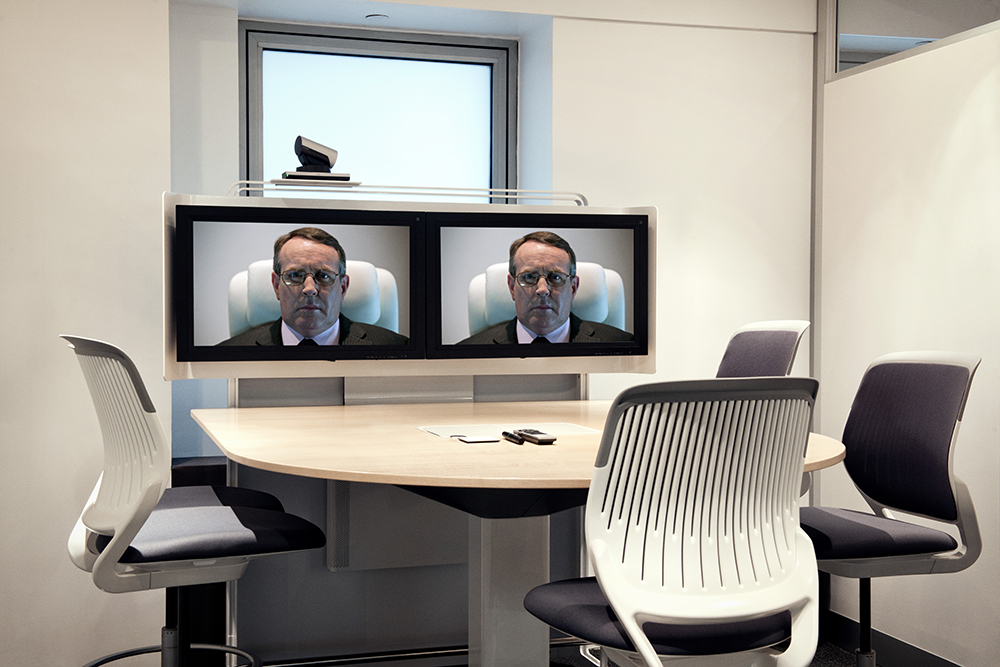
Virtual Onboarding
Due to communication and cultural differences, remote employees often face difficulties when joining a company. Virtual onboarding allows you to create a personalized welcome video for your new hires and send it via email. This can also be used for training and will help build trust between both parties and make communication easier.
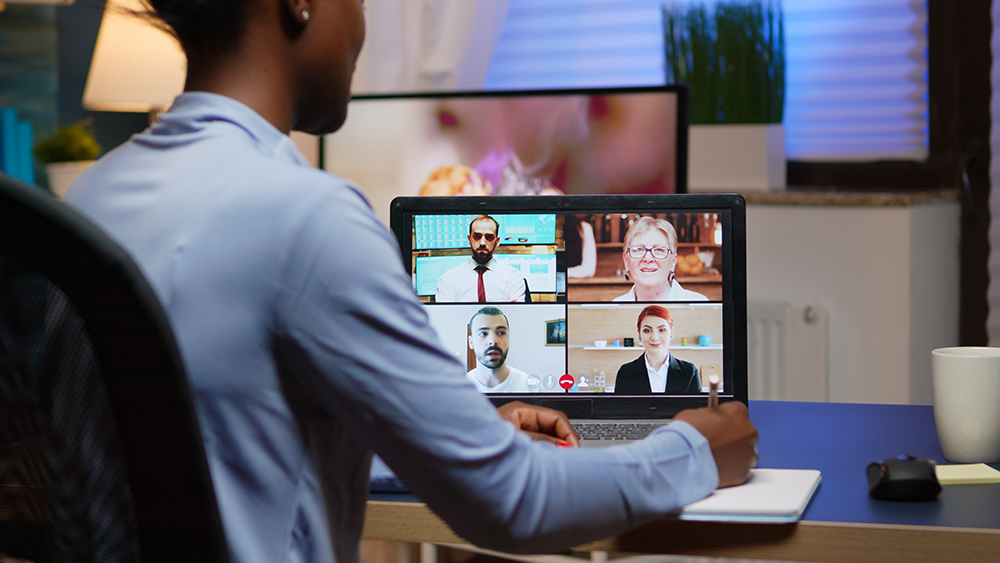
Virtual Meetings
Like 2020 and 2021, 2022 will be no different, and virtual meetings are here to stay since they allow teams to connect without traveling. They’ll also provide a way to inform people about projects, progress, and issues.

Blockchain Technology
Blockchain technology is currently being used in banking, healthcare, and finance. However, it’s predicted that blockchain will soon start impacting other industries too. For example, it could manage stock, track supply chains, and secure transactions between parties.
The smart workspace trend has already arrived, with companies like Microsoft, Cisco, and Google investing heavily in this space. It’s predicted that by 2022, 80% of office workers will be using some form of wearable tech, and nearly half will be using augmented reality (AR) headsets.

Remote IT services
With the rise of mobile devices and cloud computing, more and more businesses are turning to remote IT services. Remote IT services allow companies to outsource their IT infrastructure, freeing up time to focus on core business activities. In 2022, over 50% of U.S. small businesses will use remote IT services.
The future of remote IT services will involve virtual desktops and mobile devices. Virtual desktop infrastructure (VDI) allows users to access applications and data from any device. Mobile device management (MDM) software manages smartphones and tablets, allowing them to connect to corporate networks without being physically connected.

Connectivity Everywhere
Employees today are looking for a work/life integration solution instead of a work/life balance. Employees don’t just want to get home after a long day; they want to stay connected throughout the week. This means working from anywhere, anytime. As connectivity becomes ubiquitous, employees can work from coffee shops, hotels, airplanes, or traveling—the result: happier and more productive employees who feel less stressed and more engaged.
Smart Parking
Self-parking cars will become commonplace in the next few years. They’ll be able to park themselves without any driver intervention. The car will know where it needs to go and navigate itself using GPS, sensors, and cameras. It will also communicate with nearby vehicles to avoid collisions. Since we aren’t quite at this level, we’ll have to settle for automated parking lots that use digital displays and sensors to guide us into open parking spaces. Employees will no longer have to drive around the parking lot aimlessly, looking for a spot. Once they enter the lot, they follow visual prompts directly to their space. They are saving time, money, and sanity!
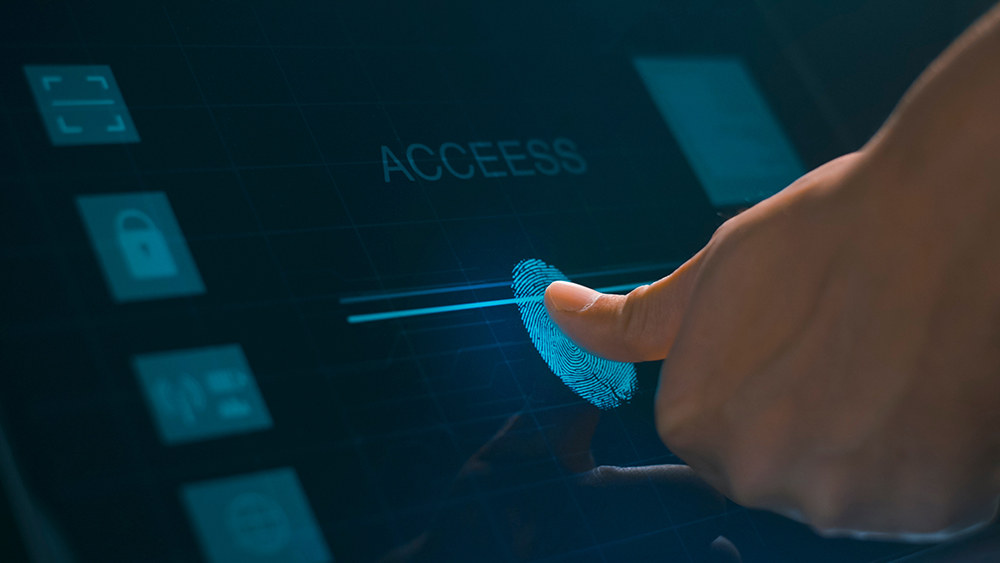
Biometric Security
We talked about this in our last post, but many businesses that take their security seriously are switching to biometrics. Biometric security uses unique physical characteristics like fingerprints, facial features, iris scans, and vein patterns to identify individuals. Fingerprint scanners and face recognition software are already standard in many workplaces. By 2022, 90% of U.S. companies will require some form of biometric identification.
The biometrics market reached $28 billion in 2021 and will continue to grow in 2022. This growth is driven by the increasing adoption of biometric technologies in the consumer sector, driving increased demand for biometric solutions in the public sector.
Biometric Access Control Systems
Security concerns have led to the development of biometric access control systems. These systems are designed to prevent unauthorized entry into secure areas. In addition to providing greater protection against theft and fraud, biometric access controls are more convenient than traditional keypads. Employees don’t have to carry keys with them. Instead, they scan their fingerprint or enter their PIN code.
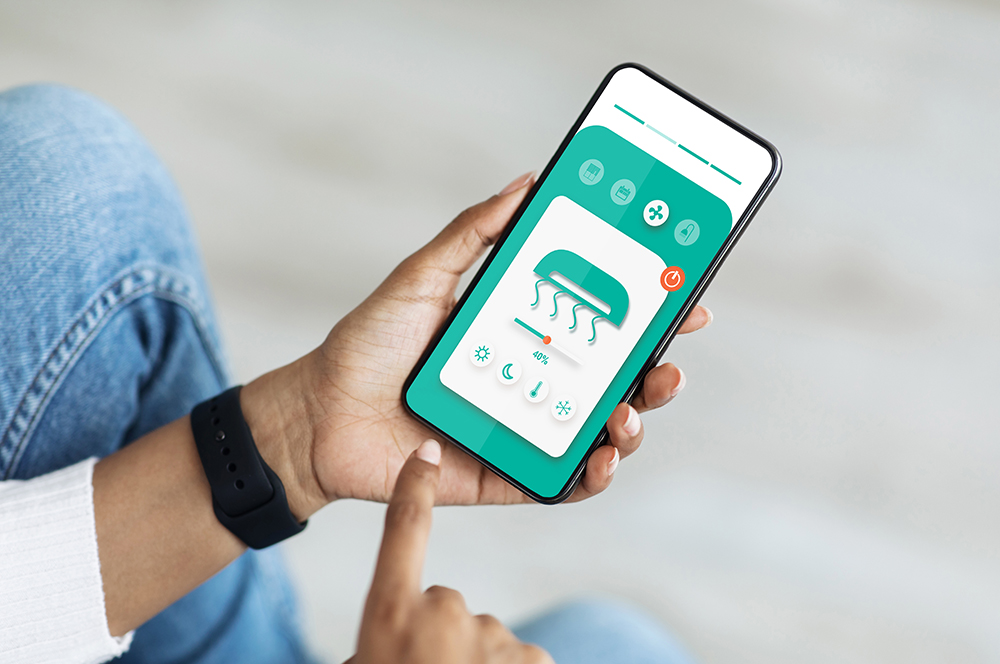
Personal Temperature Control Apps
For those who are still working in the office or on location, personal temperature control will allow employees to control their environment. This will boost workplace culture while making employees making much, much happier. For example, if you have an allergy to pollen, you can turn on your air purifier before you arrive at work so that you won’t sneeze all over everyone else. Or, if you are too hot or too cold during the winter months, you can adjust the thermostat accordingly without bothering anyone else.
Intelligent Wayfinding Software
You probably use wayfinding software if you work at a company with hot desks or agile workspaces. These programs help people find their desks or workspace quickly. We’d like to see these programs be intelligent enough to understand how people move through the building and automatically direct them to the right area. It’s almost like the smart parking lot. You come in and are directed to where you need to go—no wandering around wasting time.
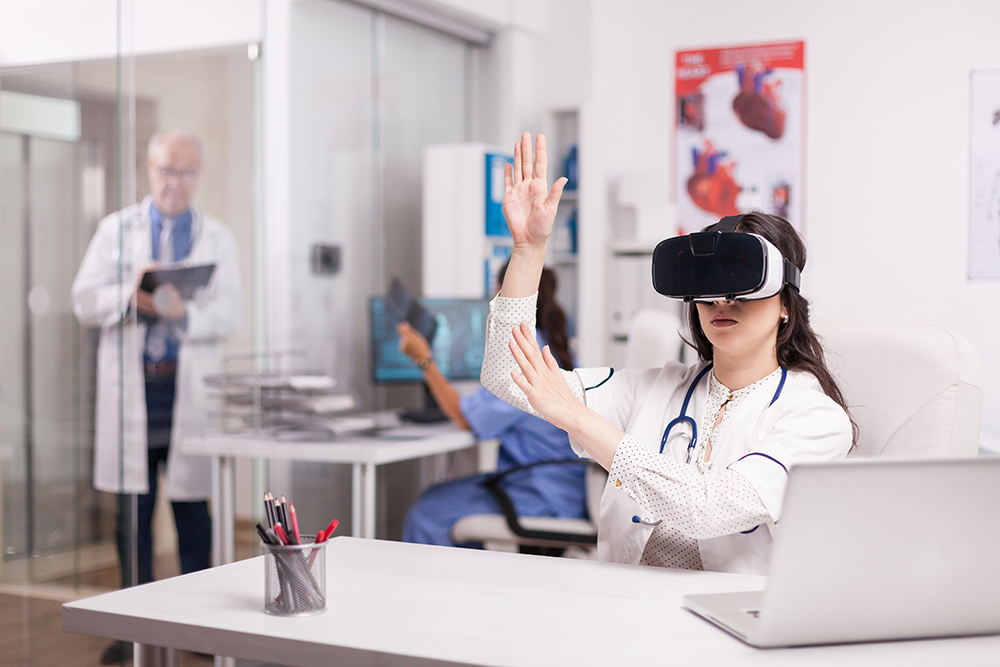
Health And Safety Technology
Wearable tech like smartwatches, smart helmets, smart goggles, and fitness trackers will continue to grow in popularity, but they won’t replace the need for physical activity. Smart offices will feature sensors to monitor employee productivity and provide feedback on performance. They’ll also measure the amount of physical activity needed to keep workers healthy and productive.

Digital Workplace Technologies
We’ll see new ways to collaborate and communicate as digital workplaces evolve. Digital workplace tools will enable us to share documents, images, and videos with others. Here are a few digital workplace trends we think will take off this year:
Technology That Supports A Hybrid Workplace
Hybrid work environments combine both remote and face-to-face collaboration. For example, some companies allow employees to work remotely while meeting regularly in person. Others offer flexible schedules so that employees can choose whether or not to work during certain times. And yet others encourage telecommuting by providing free Wi-Fi throughout the office.
Soon, we expect to see more hybrid work environments. The rise of cloud computing means businesses no longer need to build expensive IT infrastructure. Cloud services such as Office 365 and Google Apps suggest that employees can use various devices anytime without worrying about compatibility issues.
The future of work will be increasingly defined by the ability to use collaboration tools across different platforms. This means that employees must access information from any device at any time. Companies must invest in new technologies like virtual and augmented reality to achieve this.
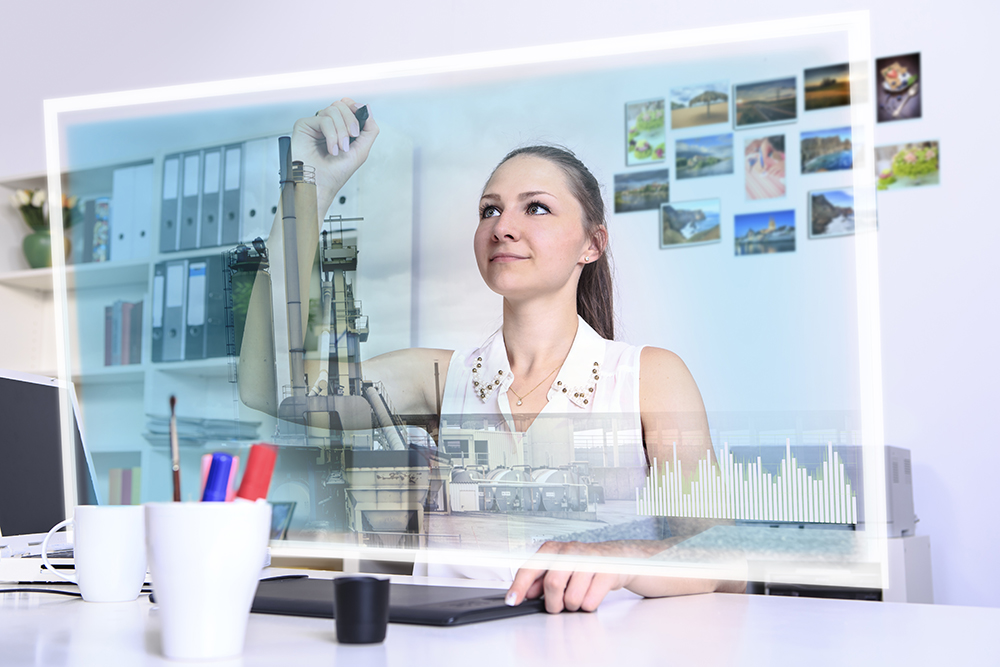
Hybrid Devices
The future of work looks set to involve some combination of digital and physical tools. In 2022, we’ll likely see more hybrid devices like augmented reality headsets, which combine virtual elements with real-world objects, in our offices. This could lead to new working methods, where people collaborate using both digital and physical methods.
Wrapping Up
We’ve come a long way from when the only way to work was to sit at a desk. As technology evolves, so does our ability to use it to improve productivity and efficiency. What do you think about our list of workplace technology trends we’d like to see in 2022? Will any of these technological advancements make it into the workplace? What type of business transformation do you see happening in your office? If you’d like to automate daily tasks in your office, please send us a message.


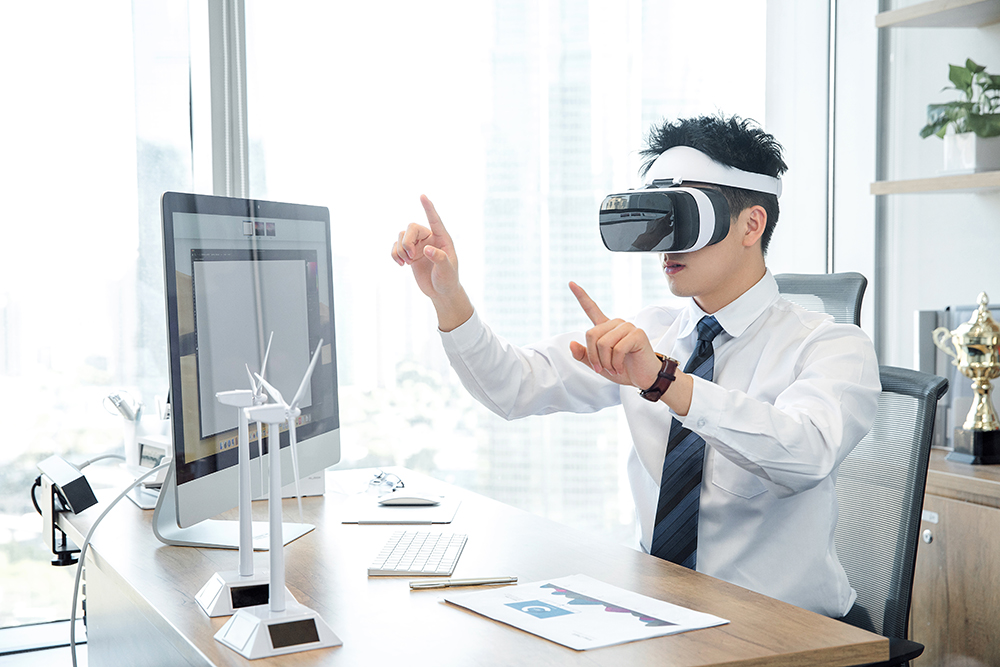
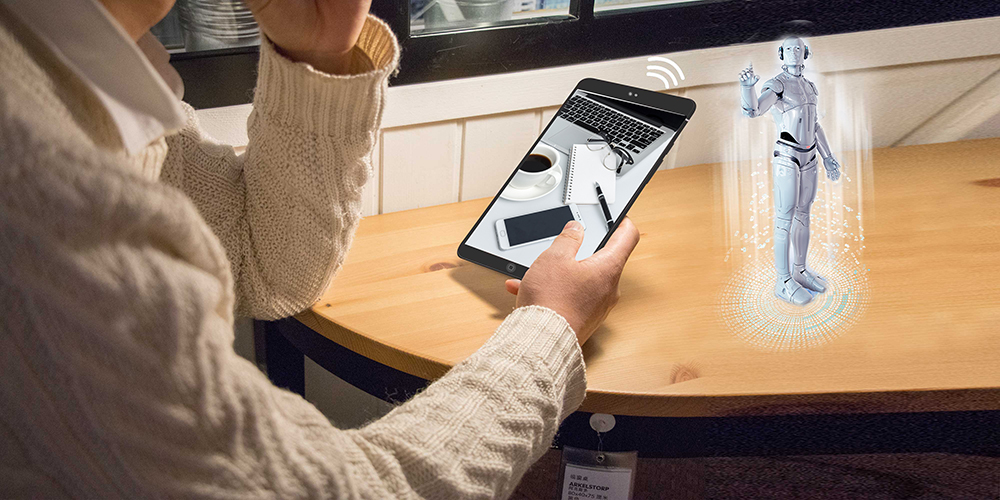
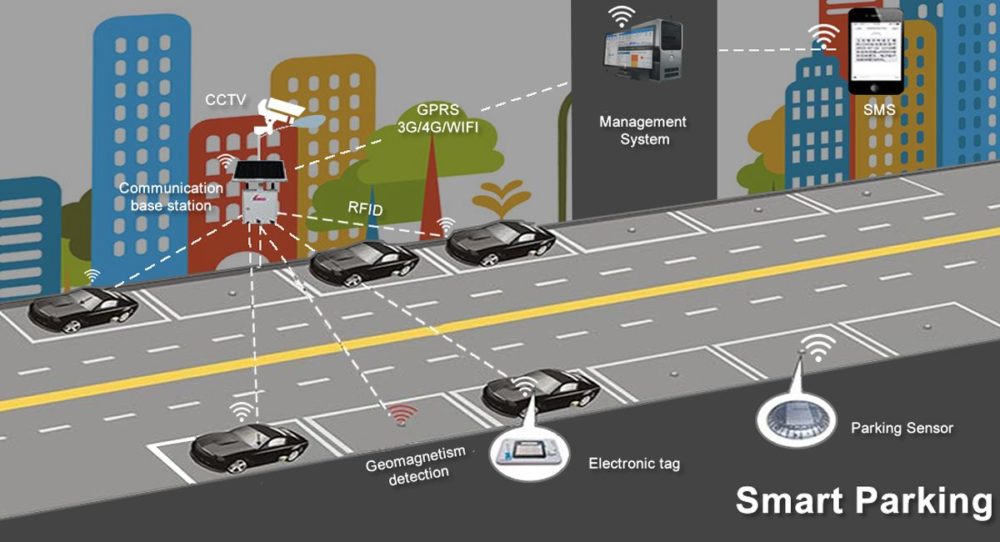
Recent Comments